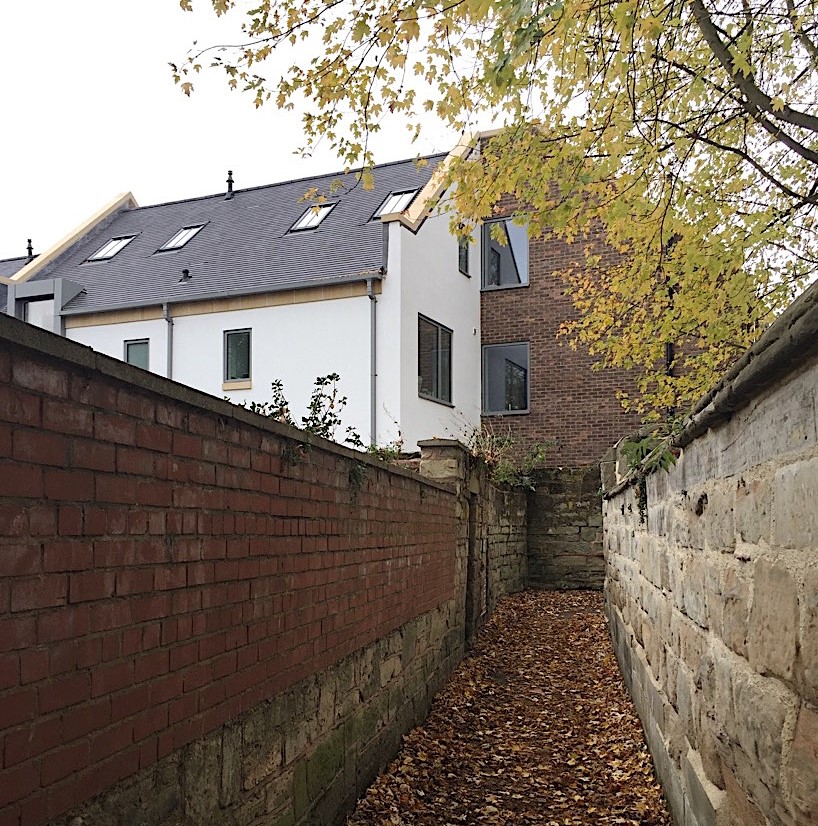Access to Neighbouring Land Act 1992
Contents |
[edit] Introduction
The Access to Neighbouring Land Act 1992 (also referred to as ANLA 1992) enables a property owner to access a neighbour’s property in order to undertake work that has been designated as necessary on their own land.
In some instances, this access is available through an easement. An easement is a right which a person has over land owned by someone else. Easements are normally attached to the land and included in a deed to the property. They are not generally associated with a single property owner and can be considered to last in perpetuity.
However, when an easement or other type of covenant is not in place and informal arrangements can not be made between neighbours, the property owner may need to request permission to access the land through ANLA 1992. Otherwise, if boundaries are violated for repairs or improvements, the property owner may risk being charged with unlawful access.
[edit] Background
Before ANLA 1992, common law was often used to settle disputes over access to land (if an easement was not in place or an informal agreement could not be reached). Under common law, individual land rights rights were considered more important than anything else, including any property modifications that might be required for safety purposes.
When common law was not used, statutory right to access might be addressed under the London Building Act 1939 in London. This Act gave owners of certain buildings access to neighbouring land in order to undertake repairs to dangerous structures situated on the boundary of the two properties.
The purpose of ANLA 1992 was to clarify access for repair purposes through the creation of a general right to access for a wider range of instances (which had not been the case with The 1939 Act), including the lack of an easement or informal agreement.
[edit] Court powers under ANLA 1992
One of the key points of ANLA 1992 is associated with determining the necessity of the work. In order for the court to grant access, the applicant must show that the proposed works are:
- Necessary to preserve the whole or any part of the land.
- Impossible or substantially more difficult to carry out without access to the neighbouring land.
Examples of such works may include repair, renewal or maintenance of buildings, drains, sewers, pipes or cables. It may also include clearing ditches or removing dead or loosely rooted plants such as trees or hedges.
Even if the work is considered necessary and cannot be carried out without access to the neighbour’s land, the court may not grant access under two conditions:
- Interfering with or disturbing the neighbour’s enjoyment of their own land.
- Creating hardship for the neighbour.
NB In 1996, the Party Wall Act was introduced. This grants the owner of a property the legal right to undertake certain works to boundaries, party structures and excavations that might otherwise constitute trespass or nuisance. For more information see: Party Wall Act.
[edit] Related articles on Designing Buildings Wiki
Featured articles and news
A change to adoptive architecture
Effects of global weather warming on architectural detailing, material choice and human interaction.
How big is the problem and what can we do to mitigate the effects?
Overheating guidance and tools for building designers
A number of cool guides to help with the heat.
The UK's Modern Industrial Strategy: A 10 year plan
Previous consultation criticism, current key elements and general support with some persisting reservations.
Building Safety Regulator reforms
New roles, new staff and a new fast track service pave the way for a single construction regulator.
Architectural Technologist CPDs and Communications
CIAT CPD… and how you can do it!
Cooling centres and cool spaces
Managing extreme heat in cities by directing the public to places for heat stress relief and water sources.
Winter gardens: A brief history and warm variations
Extending the season with glass in different forms and terms.
Restoring Great Yarmouth's Winter Gardens
Transforming one of the least sustainable constructions imaginable.
Construction Skills Mission Board launch sector drive
Newly formed government and industry collaboration set strategy for recruiting an additional 100,000 construction workers a year.
New Architects Code comes into effect in September 2025
ARB Architects Code of Conduct and Practice available with ongoing consultation regarding guidance.
Welsh Skills Body (Medr) launches ambitious plan
The new skills body brings together funding and regulation of tertiary education and research for the devolved nation.
Paul Gandy FCIOB announced as next CIOB President
Former Tilbury Douglas CEO takes helm.
UK Infrastructure: A 10 Year Strategy. In brief with reactions
With the National Infrastructure and Service Transformation Authority (NISTA).
Ebenezer Howard: inventor of the garden city. Book review.
Airtightness Topic Guide BSRIA TG 27/2025
Explaining the basics of airtightness, what it is, why it's important, when it's required and how it's carried out.






















